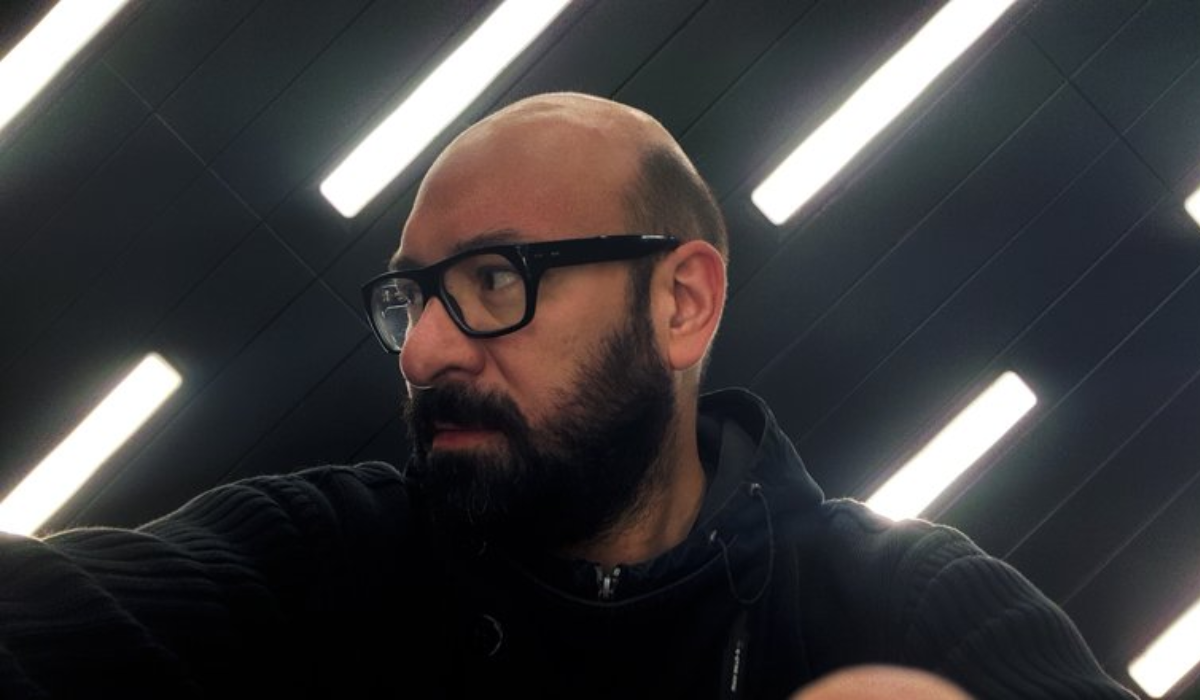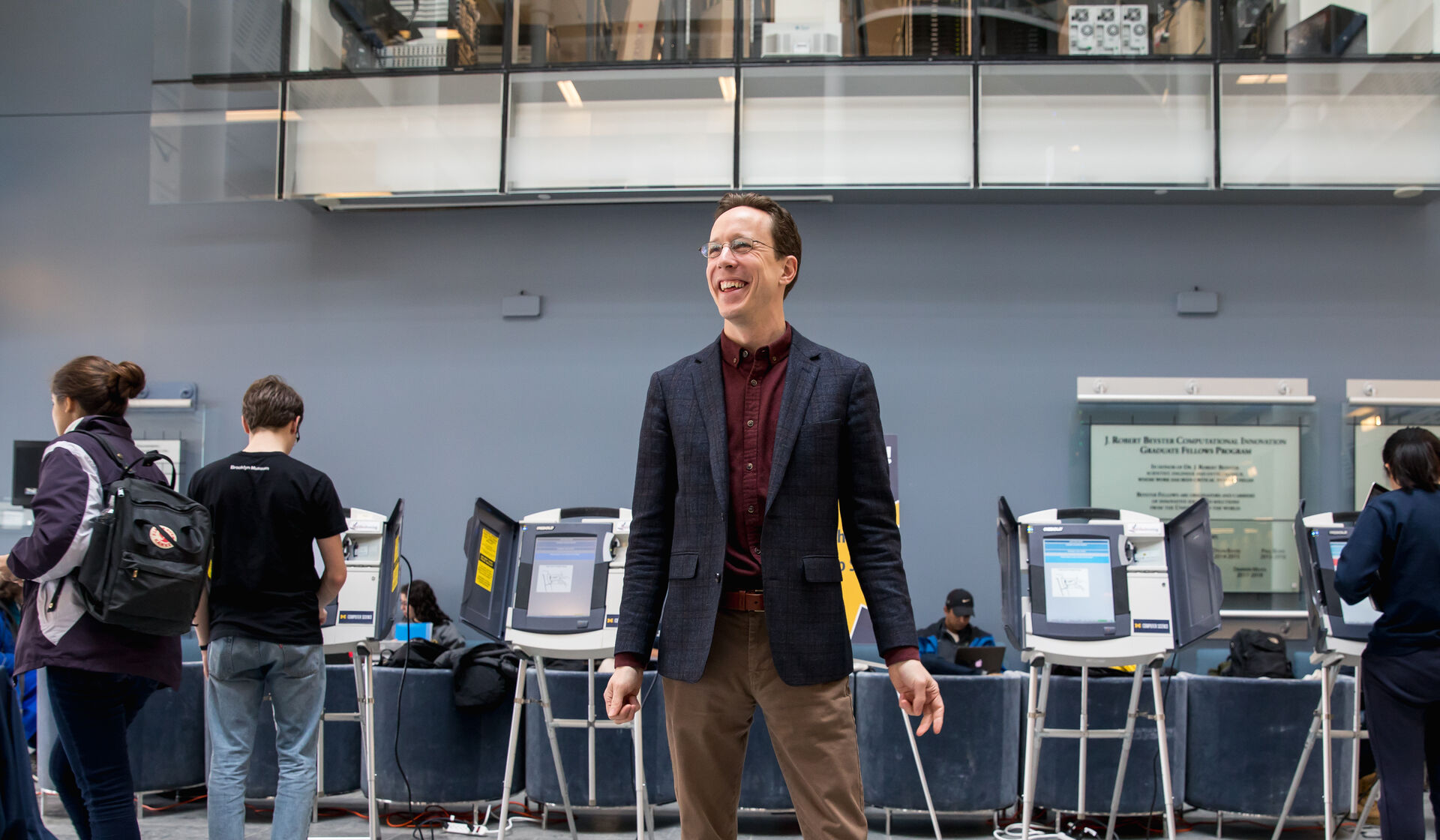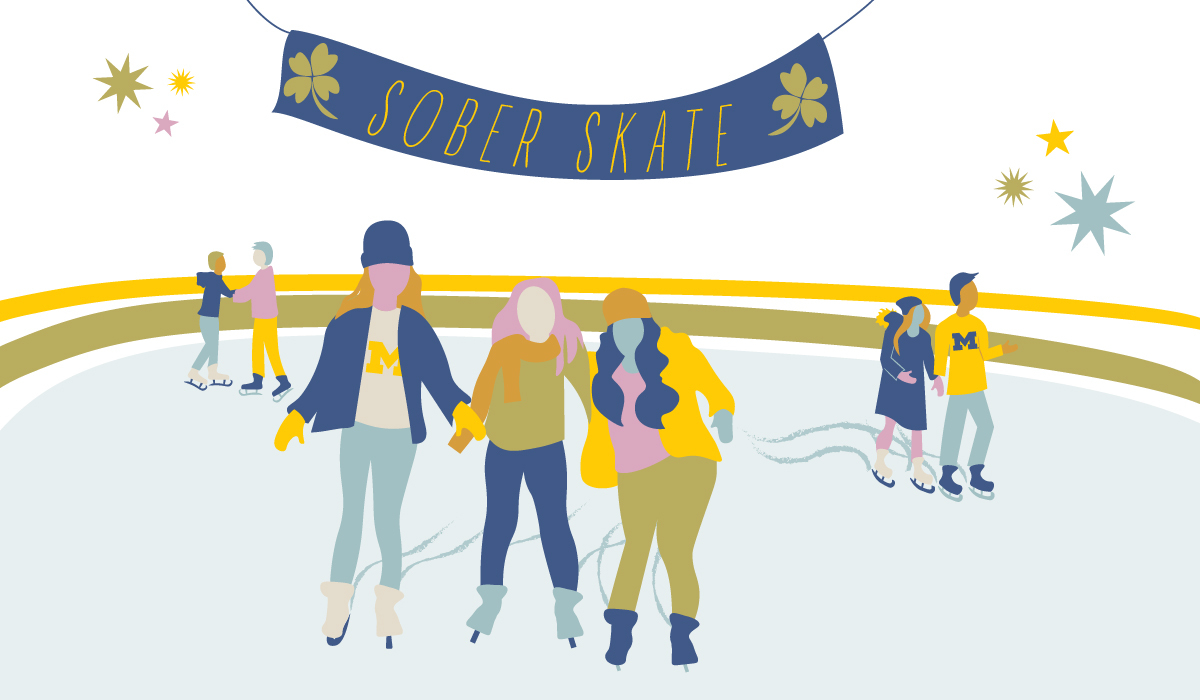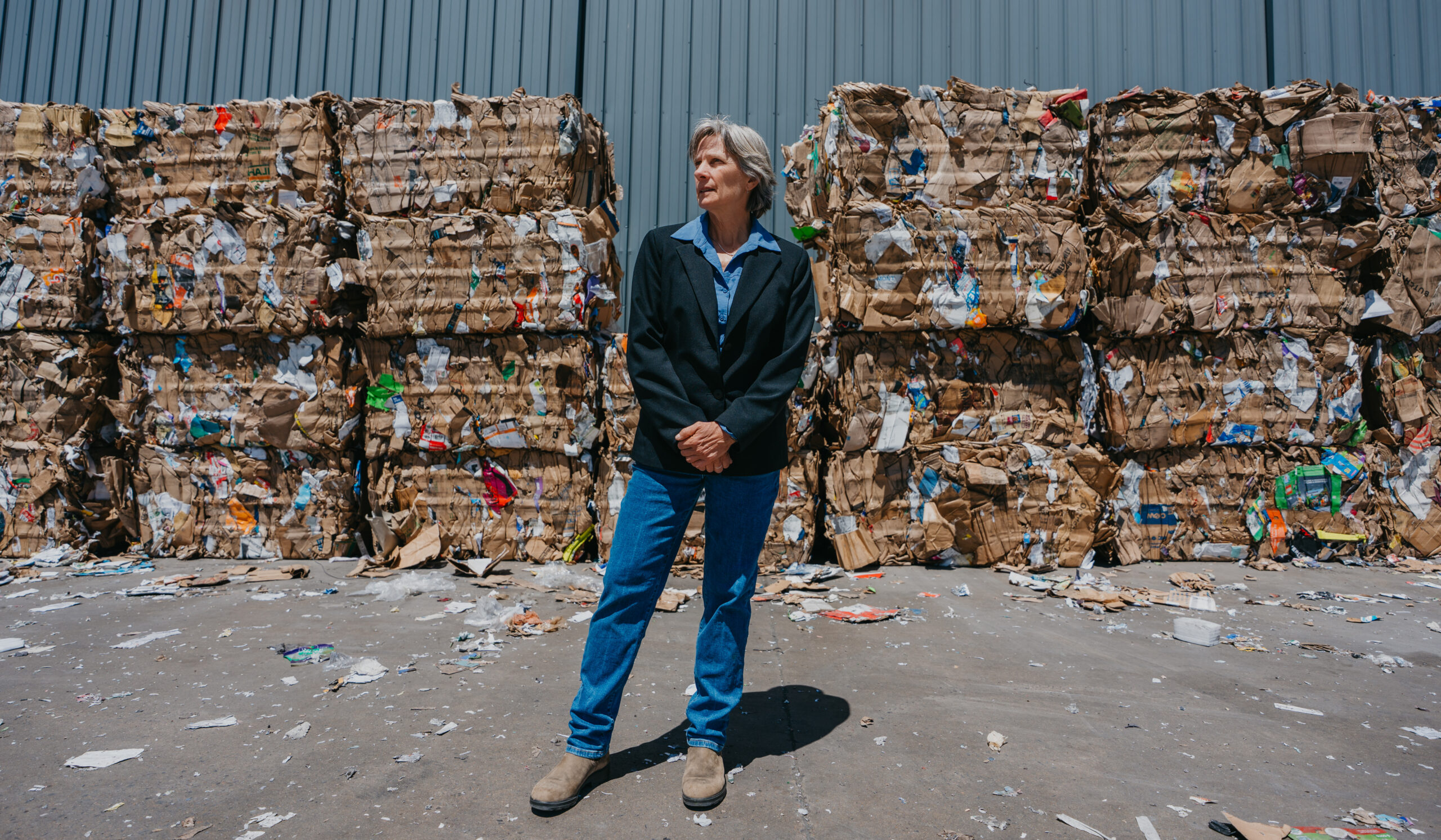Matias del Campo is the author of “Neural Architecture: Design and Artificial Intelligence” (Applied Research & Design, 2022), teaches architecture at U-M, has given lectures and spoken on panels about AI art, and is the director of the Architecture and Artificial Intelligence Laboratory at U-M. We spoke to him about the emergence of AI art.
When many of us think of “AI art,” we imagine digitally conjured images based on little more than a prompt. Is this wholly representative of what AI art is?
As impressive as text-to-image generators are, I try to convey to my students that AI can do so much more.
Generally speaking, there are two specific areas in which AI excels: optimization and prediction.
Anything that can be turned into numbers can be used by a machine learning algorithm. Thus, the visual arts are particularly fertile for this kind of approach, because what machines read is not the semantic content of the images. For example, it does not “know” that it is a portrait of a person, but it reads the RGB values of the pixels and looks for statistical correlations in the data. This allows applying AI to a whole series of scientific applications in the arts.
Think, for example, about the attribution of paintings to specific artists. An AI can be trained on the specific stylistic features and quirks of an artist to attribute paintings to this artist. This can be of enormous help in identifying fakes. AI is really good in feature recognition, and provided the data set is big enough; it is very feasible to do this — if it has not been done already by the time these lines get printed.
Another interesting area involves historical reconstruction. In this case, again, feature recognition comes in handy. Based on a large set of data, it would be possible to reconstruct damaged or destroyed art. What if we can train a machine to capture all the features we know of Leonardo da Vinci and have it reconstruct the “Last Supper” in its original condition? The balance between prediction and optimization is a fine line to walk, and the boundary between reconstruction and interpolation is very blurry in this case. More research in the area, though, might yield very interesting tools for art history, preservation, curation, and analysis.
What major developments may occur as a result of AI art?
I have the feeling we are in the fog of war at the moment regarding the impact of AI on the arts. I’m questioning quite often if AI-generated objects, images, etc., that are labeled art are art at all? Are we not using the term “art” a little bit too nonchalantly when it comes to AI-generated art? The real debate is yet to come once the dust has settled and the hype is over.
Some interesting questions, though, have emerged in the last year or so. There are artists who explore the bias of datasets as a social commentary on racism, misogyny, and inequality.
It might not be up to us to assess what art is in the context of AI. It will probably be defined by an art historian 50 years from now.
Many artists are expressing frustration with AI art. Are there moral implications to consider?
The current conversation reminds me a lot of the conversation that happened around 1850 with the advent of photography as a mass phenomenon. Charles Baudelaire, for example, was a staunch critic of photography and the threat it posed to the arts. Artists such as Paul Delaroche and Henri Le Secq were vocal about their criticism of photography, proclaiming that “from today, painting is dead” (during the presentation of the daguerreotype). This debate raged for decades until the arts responded with impressionism, expressionism, abstraction, etc. Without the invention of photography, modern art would have been very different.
Maybe what you describe as the “frustration” of artists are just the necessary growing pains to understand how the arts have to react to the introduction of AI. Photography, in the beginning, was denied the label “art”; today, we have both. I think that we will experience something similar and I’m very excited and look forward to the genius young artists that will lead us into a new era of the arts, using AI side by side with oils, pigments, and solvents.
In what ways will artificial intelligence improve the future of art, design, and education?
Especially in the arts, design, and education, you can think of these novel tools as an aid. It allows expanding the individual intellectual abilities. However, I would be cautious in describing machines as “creative.” Machines might provide results that appear creative, but in fact, it is the human mind that interprets the results creatively. We are projecting our own creative abilities onto the machine. Thus, the machine expands the ability of the human mind for creative work. I am curious to see how this generative advantage provided to humans via learning machines will transform the arts, design, and education. One thing is for sure: it will transform those fields dramatically.
We are just experiencing the very beginning; there are many more chapters to be written. Engage with it. Otherwise, others will define the trajectory of this novel development for you.





